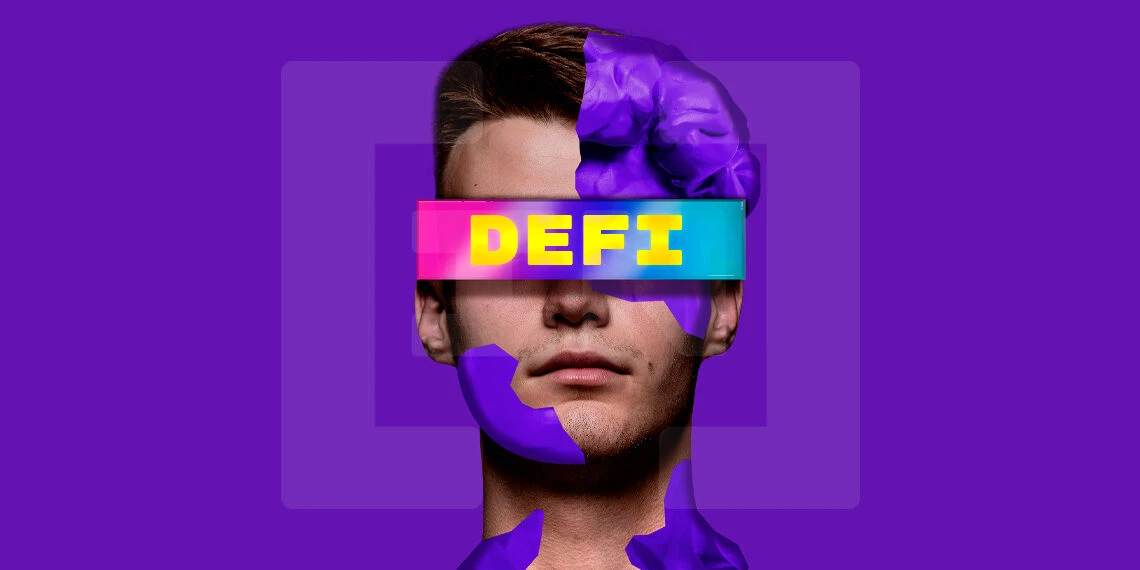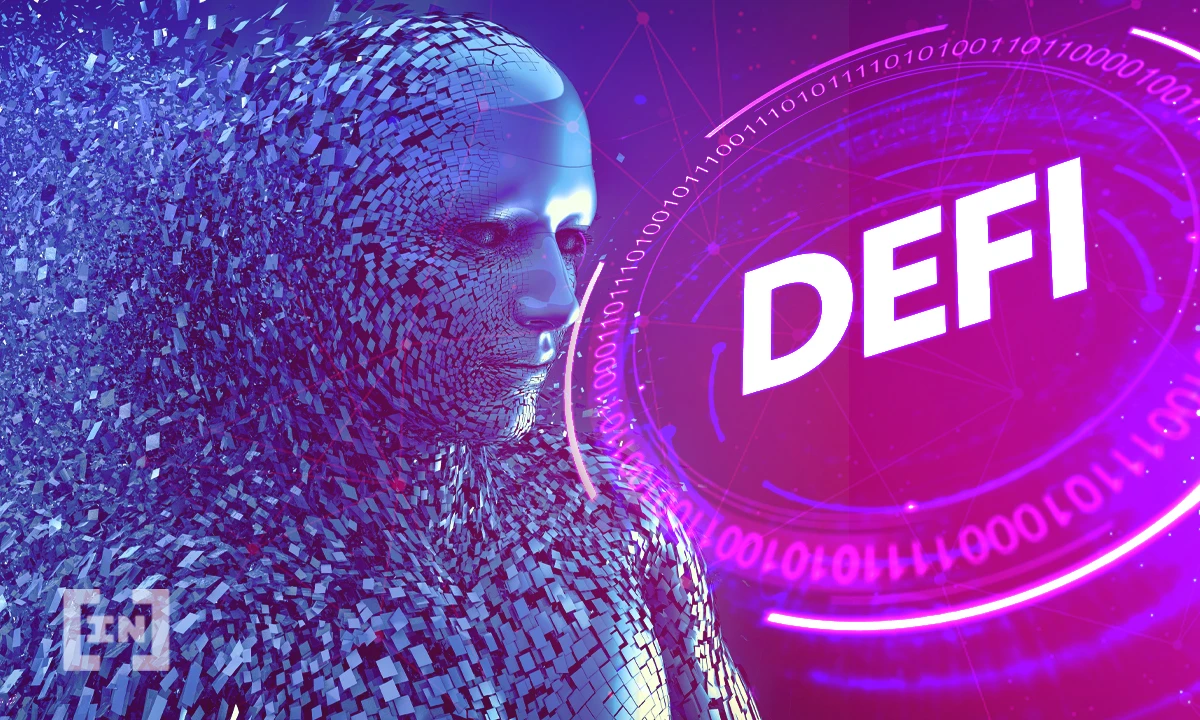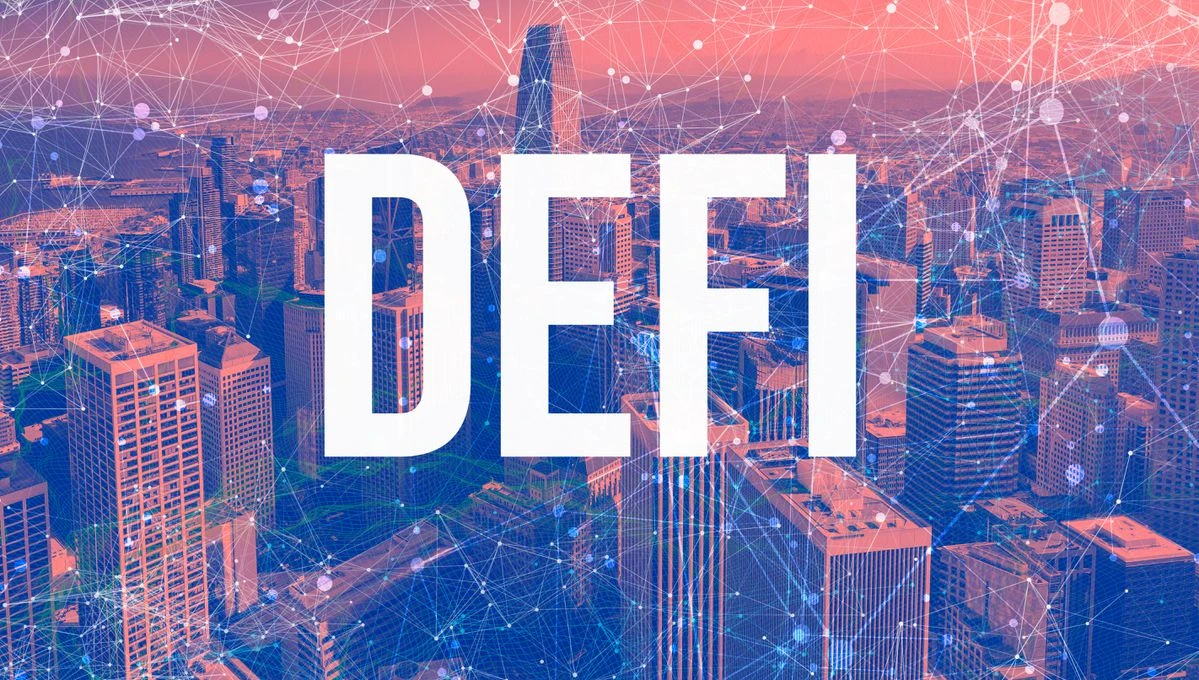The birth of blockchain technology, in addition to deriving emerging assets such as cryptocurrencies, has also brought revolutionary breakthroughs in traditional finance, data privacy, supply chain, cross-border remittance and other application fields.
Among them, Decentralized Finance (DeFi) is currently one of the most eye-catching applications with the highest adoption rate.
DeFi is an acronym for Decentralized Finance, which refers to a blockchain-based financial service system.

Unlike the current financial system, users funds will not be stored in third-party financial institutions, but agreements and trust will be achieved through various smart contracts, which can minimize risks. It is a complete open source ecosystem that provides financial services such as lending, trading, asset management, and payments.
Why has DeFi achieved explosive growth in the past two years? What practical financial solutions can he bring to people? Why does it always become a cash machine for hackers? How can DeFi projects ensure their own security?
We need to know more about DeFi.

Why are we seeing the rise of DeFi?
Recently, the encryption analysis company Chainalysis released the global DeFi adoption index, and the United States, Vietnam, Thailand, China, and the United Kingdom ranked the top five.
The index, which ranks 154 countries, consists of three metrics: on-chain cryptocurrency value received by DeFi platforms, weighted by purchasing power parity per capita; total retail value received by DeFi platforms; and personal deposits on DeFi platforms .
Chainalysis noted that many of the top-ranked countries are countries with significant current or previous flows of cryptocurrency value, typically upper-middle-income countries, or countries with well-developed cryptocurrency markets, especially strong professional and institutional markets. In addition to the above five countries, the rankings of Western European countries are relatively high.

In fact, the initial popularity of DeFi can be traced back to Yield Farming, which became popular at the end of last year. Also known as liquidity mining, it means:
As long as users interact with the DeFi platform or provide liquidity (such as trading on the platform, staking assets, lending, and borrowing), they can receive tokens issued by the platform as rewards.
The DeFi platform implements liquidity mining, which can attract a large amount of funds and liquidity in a short period of time, and quickly gain market attention. Immediately afterwards, DeFi sang all the way, ushered in DeFi Summer, and until now, DeFi-related projects are still moving forward.
According to crypto analytics firm DeFi Pulse, the total value locked in DeFi contracts has grown from $10 billion last September to more than $80 billion this August.
Of course, the rise of DeFi lies in some of its advantages. Decentralized finance can fundamentally change the financial system. Blockchain technology and DeFi make the system more trustworthy, cost-effective and transparent. People without bank accounts can enter the economic system and open up new opportunities for investors.
The adoption rate of DeFi will continue to grow, and perhaps its future prospects are bright, but security issues are the most serious challenges that DeFi currently encounters.
Why are hackers keen to attack DeFi projects?
Hacks in decentralized finance (DeFi) systems accounted for nearly 76% of all major hacks globally in 2021 so far, according to a report by the security firm.
Fraudsters are targeting these high-value contracts with fake projects, and the report said DeFi hackers lost a total of $361 million compared to $129 million last year.
Many DeFi projects can be hacked due to developers’ code vulnerabilities, and, the report added, other cybercriminals can crack DeFi protocols by making quick loans and manipulating token prices.

In the past August, Beosin-Eagle Eye public opinion monitoring showed that there were 13 typical DeFi security incidents.
For example, on August 4, the Sorbetto Fragola product under the cross-chain yield improvement platform Popsicle Finance was attacked, resulting in a loss of nearly 20.7 million US dollars;
On August 10, the cross-chain protocol Poly Network was attacked, and nearly 600 million US dollars of funds were stolen from the three chains of Ethereum, BinanceChain, and Polygon;
On August 30, Cream Finance, a mortgage lending platform, suffered a flash loan attack and lost $18 million.
The main reason for the frequent occurrence of DeFi attacks is that it has accumulated a huge amount of assets. Facing the huge temptation, hackers will inevitably find ways to attack. For example, cross-chain projects are not only smart contracts on the chain, but also codes off the chain. No matter which part has a problem, it will be used by hackers.
From a hackers point of view, an attack on the blockchain ecosystem is an ideal means.
Because these systems are anonymous and the industry temporarily lacks technical regulation, this allows cybercriminals to gain monetary gains by attacking less secure DeFi projects or implementing carpet scams.
How can DeFi projects avoid being hacked?
Chengdu LianAn technical team analyzed dozens of hacking attacks, and found out that the most commonly used methods of hacking attacks are: flash loan attacks, contract business vulnerability attacks, and re-entry attacks.
Traditional smart contract projects only need to audit the code on the chain to avoid most risks. However, cross-chain projects are different. Cross-chain projects have certain particularities, and security considerations cannot be limited to the level of smart contracts.
For investors, how to protect their property is equally important.
Creative DeFi products can pose serious risks. For example, in June 2021, billionaire entrepreneur Mark Cuban revealed that he had been trading a DeFi token that dropped to zero in a single day, which turned out to be a scam.
write at the end

write at the end
DeFi opens the door to many opportunities, especially for investors and developers who are keen on decentralized modules that move the crypto market forward while keeping money flowing.
Security is still a major challenge facing the DeFi ecosystem, but with the development of technology, coupled with appropriate auditing measures, I believe the DeFi ecosystem will get better and better.










